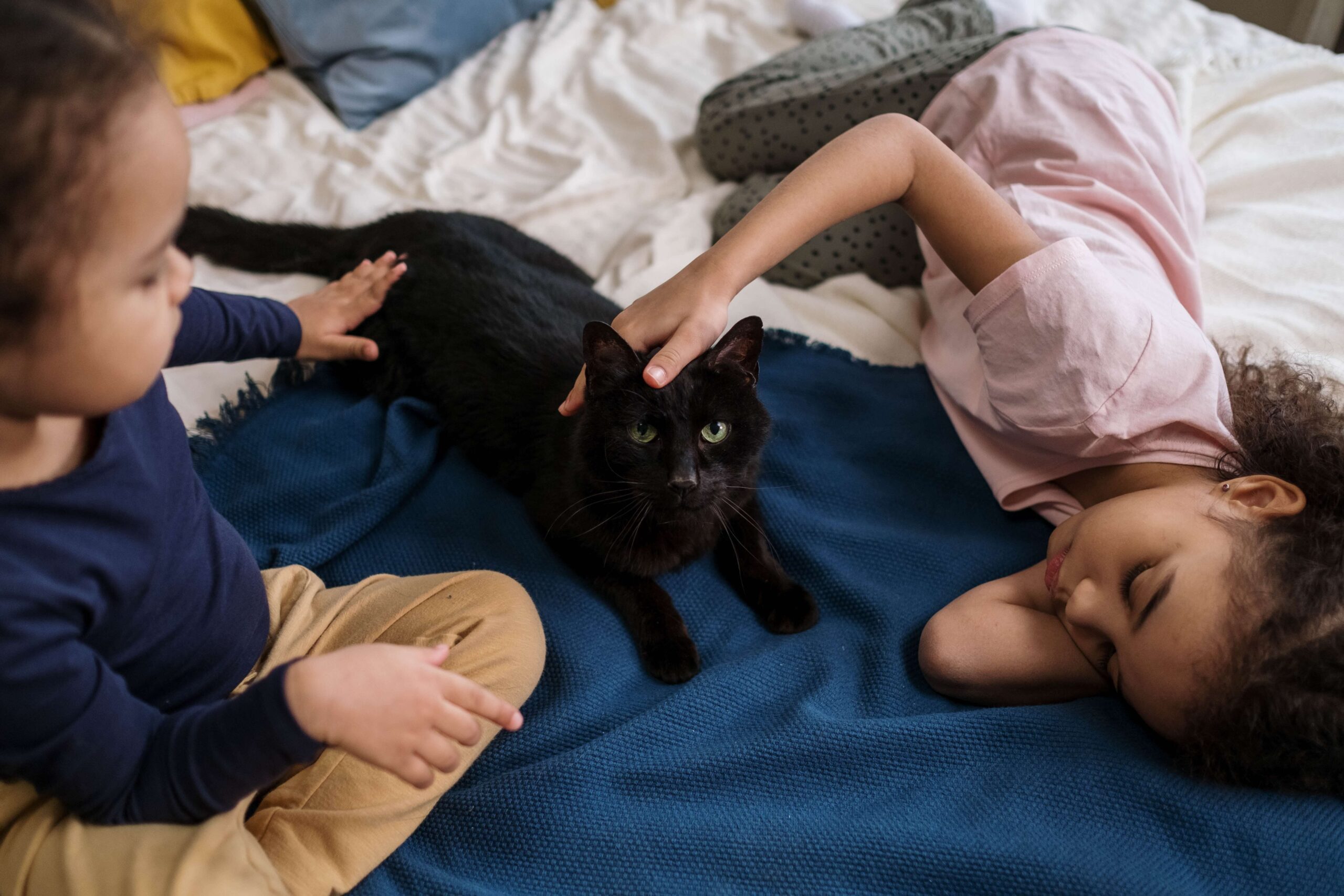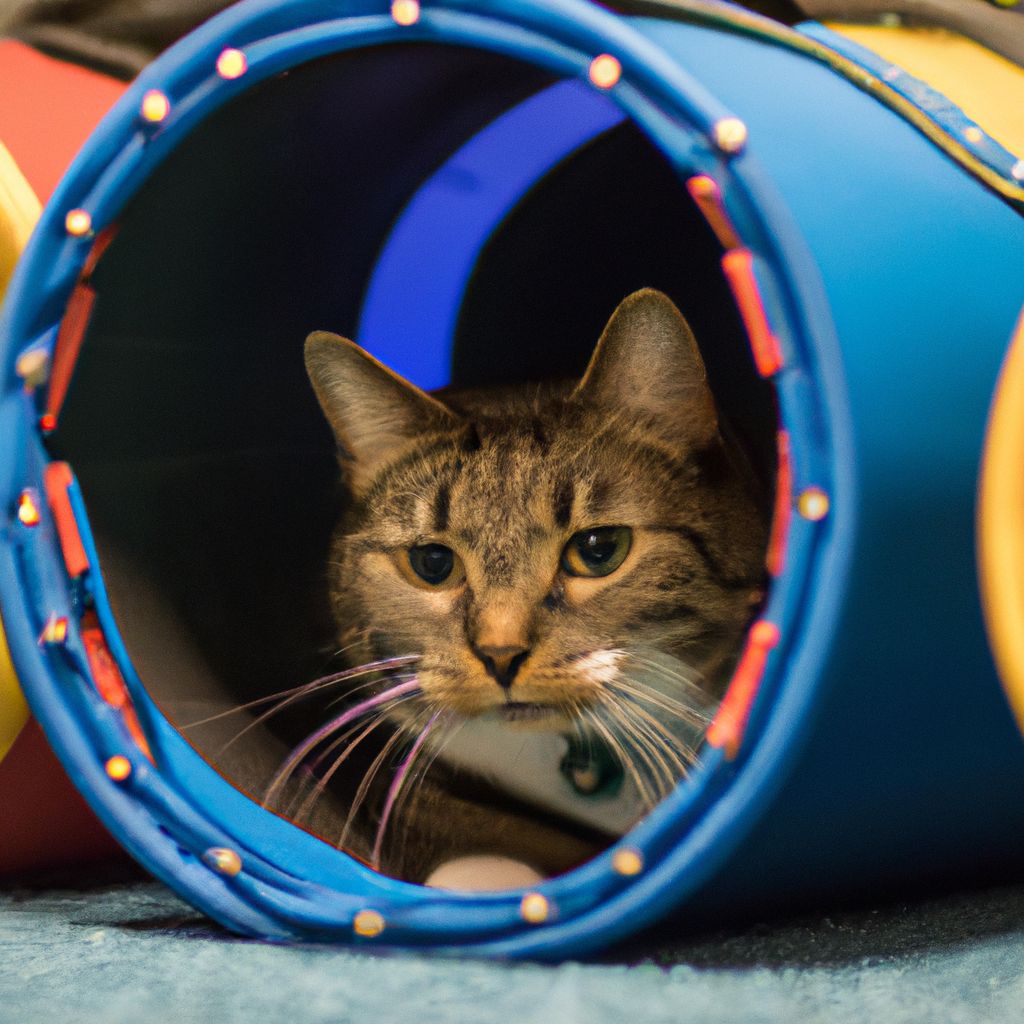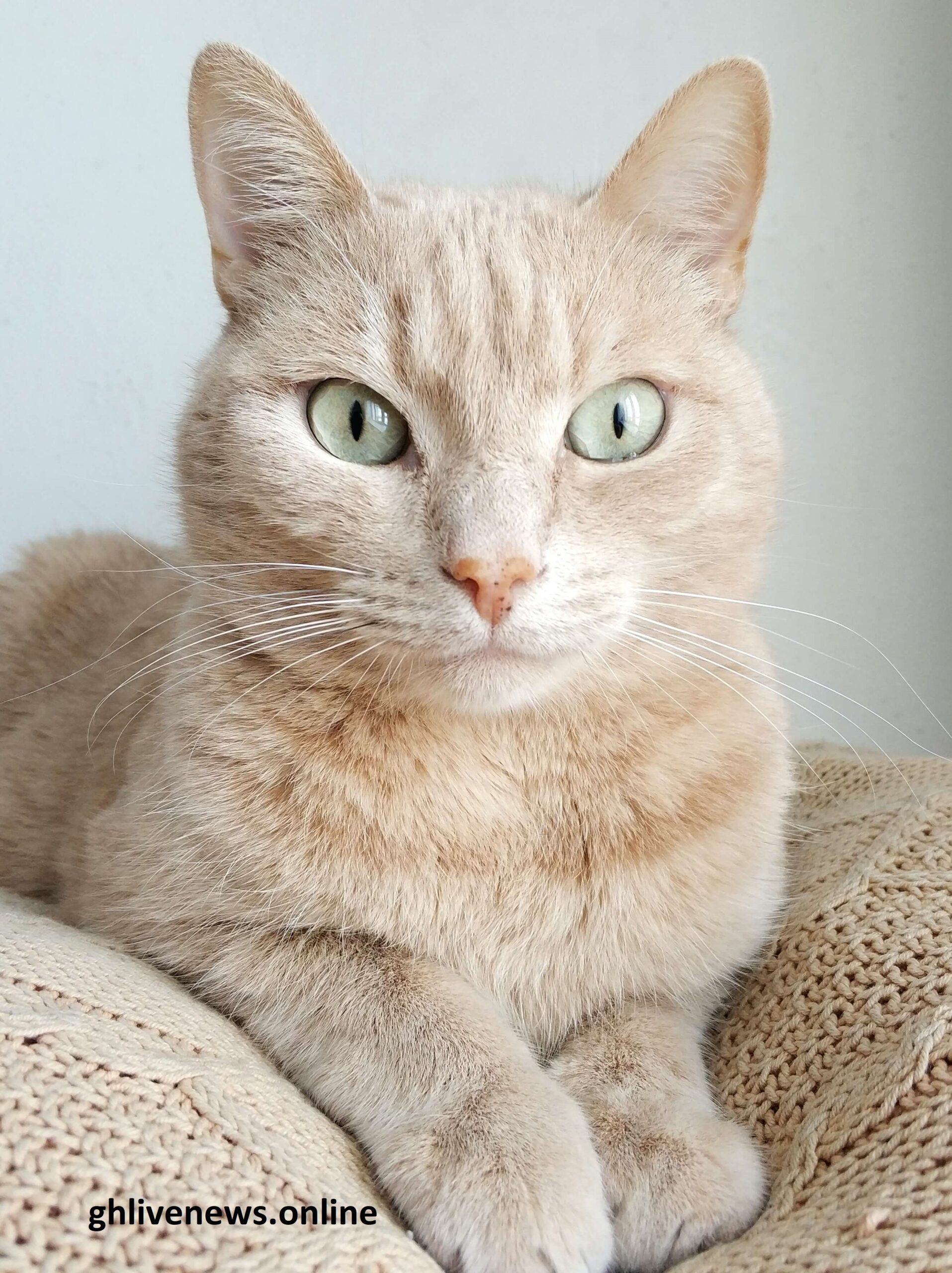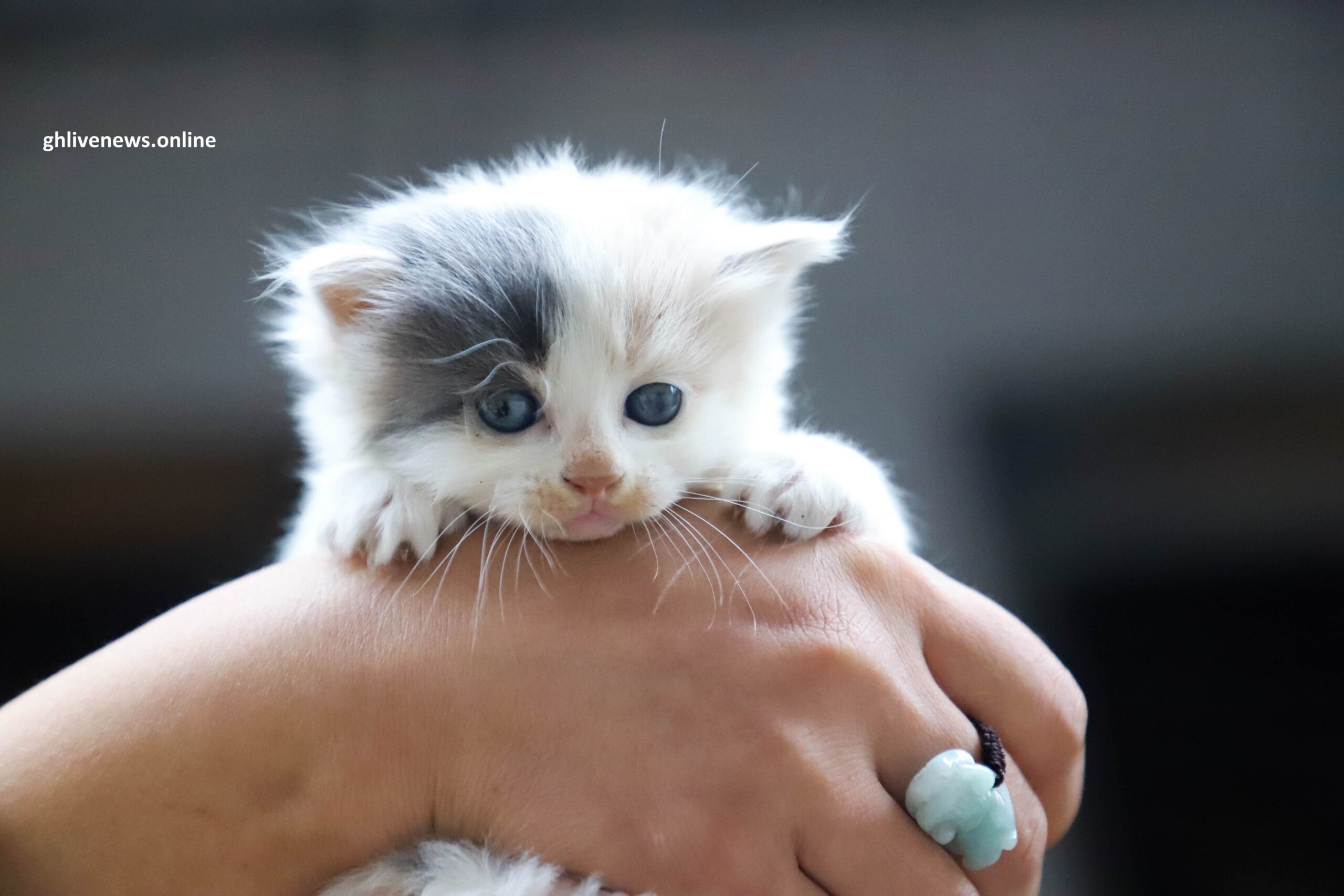.jpg)
Understanding the Needs of Your Cat
Providing a ‘home sweet home‘ for your cat is key. Consider these four points for creating a safe space:
- Give them a designated spot for rest and security – think comfy bed or a quiet corner.
- Cats like to climb, so offer vertical spaces like cat trees and shelves.
- Playtime is essential for mental and physical health – interactive toys will do the trick.
- Establish a routine for feeding, grooming, and litter box maintenance.
Remember, every cat has its own quirks. If you take the time to observe and cater to their individual needs, they’ll be purring with contentment!
I once had a Whiskers, a timid cat who preferred to hide under furniture. After consulting a vet, I realized he needed more hiding spots around the house, like covered beds and tunnels, to make him feel safer. This made an incredible difference – Whiskers became more outgoing and confident.
By understanding your cat’s needs and tailoring your home environment accordingly, you’ll create an enjoyable space for their happiness and wellbeing.
Creating a Safe Space for Your Cat
Creating a safe space for your feline companion is essential for their wellbeing. Taking a few steps can make sure your cat feels secure and happy in their environment.
- Provide them vertical spaces. Cat trees or shelves provide a sense of ownership and security.
- Create hiding spots for them such as covered beds or tunnels.
- Ensure a safe window access – secure the screens and provide window perches.
Moreover, watch out for toxic plants and keep electrical cords hidden or secured. Cats may chew on them and get electric shock.
Here are some tips to make a perfect habitat for your cat:
- Use multiple litter boxes placed in different parts of the house.
- Set up scratching posts of sisal rope or cardboard to satisfy their natural urge to scratch.
- Install interactive toys like puzzle feeders and laser pointers.
By following these steps, you are not just making a secure atmosphere but also meeting the needs and instincts of your pet, enhancing their daily life. Celebrate every day as Caturday and reward your cat with playtime, nutrition, and lots of napping!
Promoting a Healthy Lifestyle for Your Cat
Feed your cat a balanced diet, provide regular exercise, and give them mental stimulation with interactive toys and puzzles to ensure their wellbeing.
Schedule regular vet check-ups so potential health issues can be detected early and treated promptly.
Provide them with a scratching space, like a post or pad, to maintain their claws and protect furniture.
Grooming is important too! Regular brushing removes loose hair and reduces hairballs. It also promotes a healthy coat and strengthens the bond between you and your cat.
Keep potentially dangerous substances away from your cat, such as household chemicals, plants toxic to cats, and human medications.
Provide vertical spaces like shelves or cat trees for your cat to explore safely.
By taking these steps, you can create an environment that promotes optimal health for your feline companion. Each suggestion serves a purpose, from physical exercise to mental stimulation and preventing hazards. So make sure your cat’s lifestyle is healthy and safe!
Ensuring a Safe Outdoor Experience for Your Cat
Ensuring your cat’s safety is key. Here are 4 tips to follow:
- Install a fence or enclosure to stop escapes.
- Provide shaded areas and water to stay cool and hydrated.
- Keep toxic plants out of the garden.
- Check for potential hazards, like sharp objects or chemicals.
Letting cats roam freely isn’t safe, be aware of their surroundings. Microchipping or collar ID tags are extra precautions.
A study by the American Veterinary Medical Association found outdoor cats have shorter lifespans than indoor cats due to risks.
Cats are clean animals, but their fur is a challenge. Live with the fur tumbleweeds and furball empire!
Maintaining a Clean and Hygienic Environment for Your Cat
To keep your cat’s environment safe and healthy, there are a few key things to do:
- Clean and disinfect the litter box regularly to prevent bacteria and bad smells.
- After each meal, wash their food bowls to stop germs from growing.
- Vacuum and dust your home often to get rid of dust, dander, and allergens that could affect your cat’s breathing.
- Also, wash their bedding and blankets regularly to keep them free of dirt, fleas, and other parasites.
- Don’t forget to groom your cat to keep their fur clean and free of mats or skin issues.
Additionally, use pet-friendly or natural cleansers, like vinegar or baking soda, instead of harsh chemicals that could be toxic to cats. Make sure they have access to fresh water at all times to stay hydrated and promote good urinary health.
The importance of having a clean home for cats was reinforced to me by a client. Their cat had serious skin allergies caused by dust mites, but with regular cleaning and hygiene, the symptoms went away.
To make sure our cats stay happy and healthy, it’s important to keep our homes clean. With the right care, our feline friends can enjoy a long, happy life with us.
Establishing a Trusting Relationship with Your Cat
Establishing trust between you and your cat is very important for a happy home. Here’s a 3-step guide to help you do just that!
- Show patience and respect: Cats are independent animals. Give them time to explore and don’t force interactions. Respect their boundaries and let them approach you when they feel ready.
- Offer rewards: Use treats, nice words, and gentle petting to reward good behavior. This reinforces the bond between you both. Additionally, give them toys and playtime to engage their natural instincts.
- Create a safe haven: Provide hiding spots, scratching posts, and elevated perches. Designate areas where your cat can retreat for solitude whenever they desire.
Did you know cats use scent marking to bond? By rubbing their scent on objects or even on you, they mark their territory and trust you as part of their social group.
Now, let me share an interesting story about the bond between humans and cats over time:
Throughout history, cats have been appreciated and even worshipped. Ancient Egyptians, for example, thought of cats as sacred animals. This shows the long-lasting connection and trust between humans and cats.
By considering these facts, we can create an environment where both humans and cats thrive.
Conclusion
Creating a cat-friendly home is a must! Taking precautions will help keep our curious, adventurous friends safe. We’ve explored ideas to make the environment safer. Following these guidelines reduces the risk of accidents.
Toxic plants can cause severe health issues if cats eat them. To prevent this, keep plants away. Also, provide vertical spaces like shelves and cat trees. Cats can observe their surroundings from a higher point, reducing stress.
For further safety, invest in window screens or guards. Set up areas with cozy beds and blankets. Cats can relax undisturbed. Inspect the home regularly for potential hazards. Secure loose wires and open cabinets.
By doing these things, cats and humans can live in harmony. Each suggestion works by addressing dangers, while catering to cats’ natural instincts and needs. Creating a cat-friendly home is an ongoing process that needs regular maintenance and awareness.
Frequently Asked Questions
FAQ 1:
Question: How can I create a safe home environment for my cat?
Answer: To create a safe home environment for your cat, secure any hazardous items such as cleaning supplies and medications in cabinets or high shelves. Keep electrical cords out of reach or use cord covers. Ensure windows and balconies have sturdy screens or barriers. Use pet-friendly plants and avoid toxic ones. Provide hiding spots, scratching posts, and enrichment toys.
FAQ 2:
Question: Is it necessary to have a litter box for my cat?
Answer: Yes, it is essential to have a litter box for your cat. Choose a quiet and private location for the litter box and make sure to clean it regularly. Provide one litter box per cat, plus an extra one, and use unscented litter. Cats are naturally clean animals and need a designated spot for their bathroom needs.
FAQ 3:
Question: How can I ensure my cat’s safety outdoors?
Answer: It is safest to keep your cat indoors to protect them from dangers such as traffic, predators, and diseases. If you allow outdoor access, ensure your cat has a secure and enclosed outdoor space or a catio to prevent escapes and provide protection. Consider leash-training your cat for supervised outdoor time.
FAQ 4:
Question: What household plants can be toxic to cats?
Answer: Several common household plants are toxic to cats, including lilies, tulips, daffodils, sago palm, and pothos. These plants can cause various health issues if ingested. It’s important to research and remove any toxic plants from your home to keep your cat safe.
FAQ 5:
Question: How can I prevent my cat from scratching furniture?
Answer: To prevent furniture scratching, provide your cat with appropriate scratching posts or boards. Place them near the furniture your cat tends to scratch. Use cat-friendly deterrent sprays on furniture and consider trimming your cat’s nails regularly or using soft nail caps. Positive reinforcement with treats or toys can also encourage desired scratching behavior.
FAQ 6:
Question: How can I make my home comfortable for multiple cats?
Answer: To make a home comfortable for multiple cats, provide enough resources for each cat, including litter boxes, food and water bowls, and resting areas. Have multiple hiding spots and vertical spaces for each cat to claim. Ensure each cat receives individual attention and playtime. Introduce new cats gradually and provide separate feeding stations to prevent conflicts.
Originally posted 2023-07-01 23:55:10.






